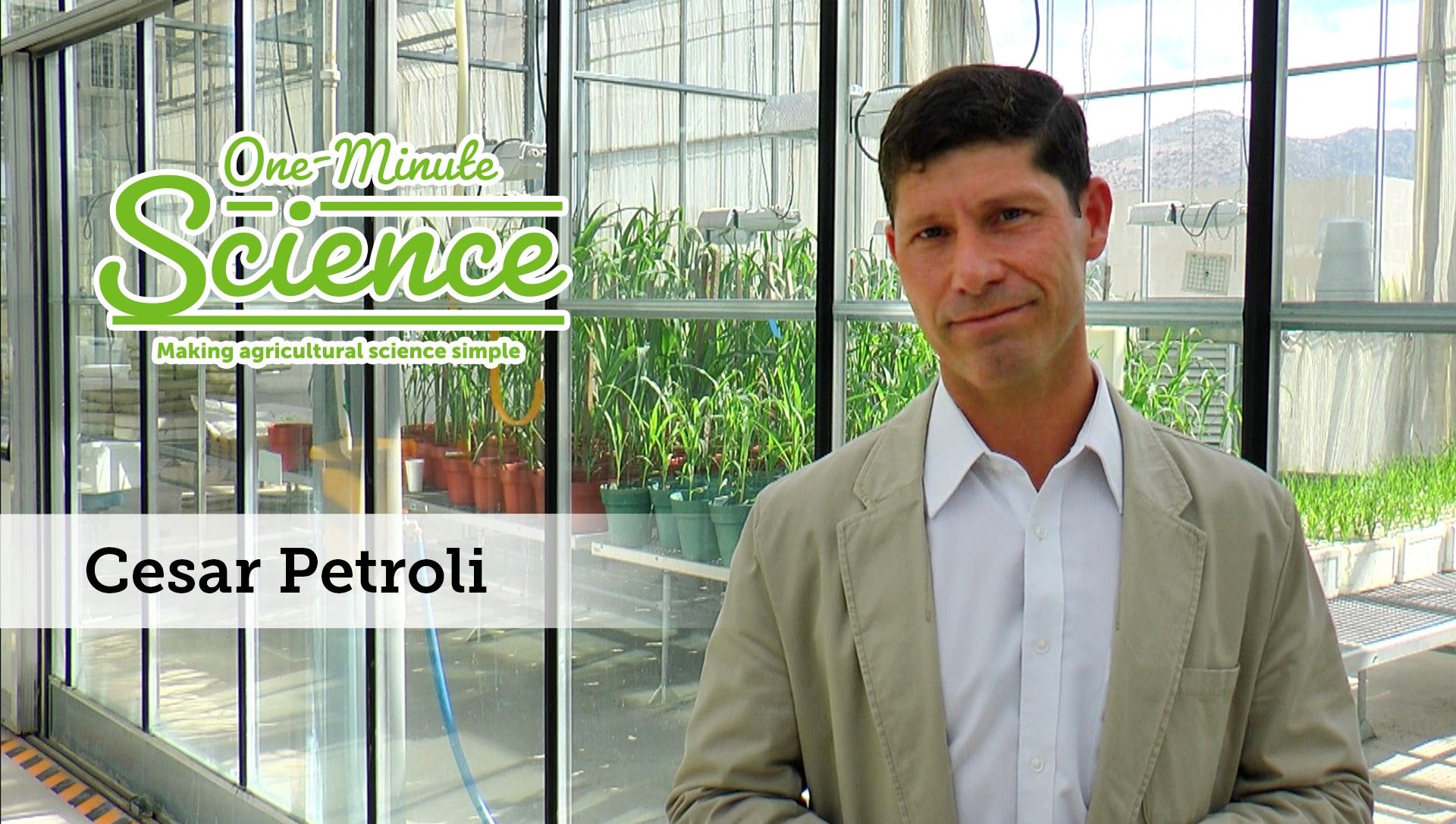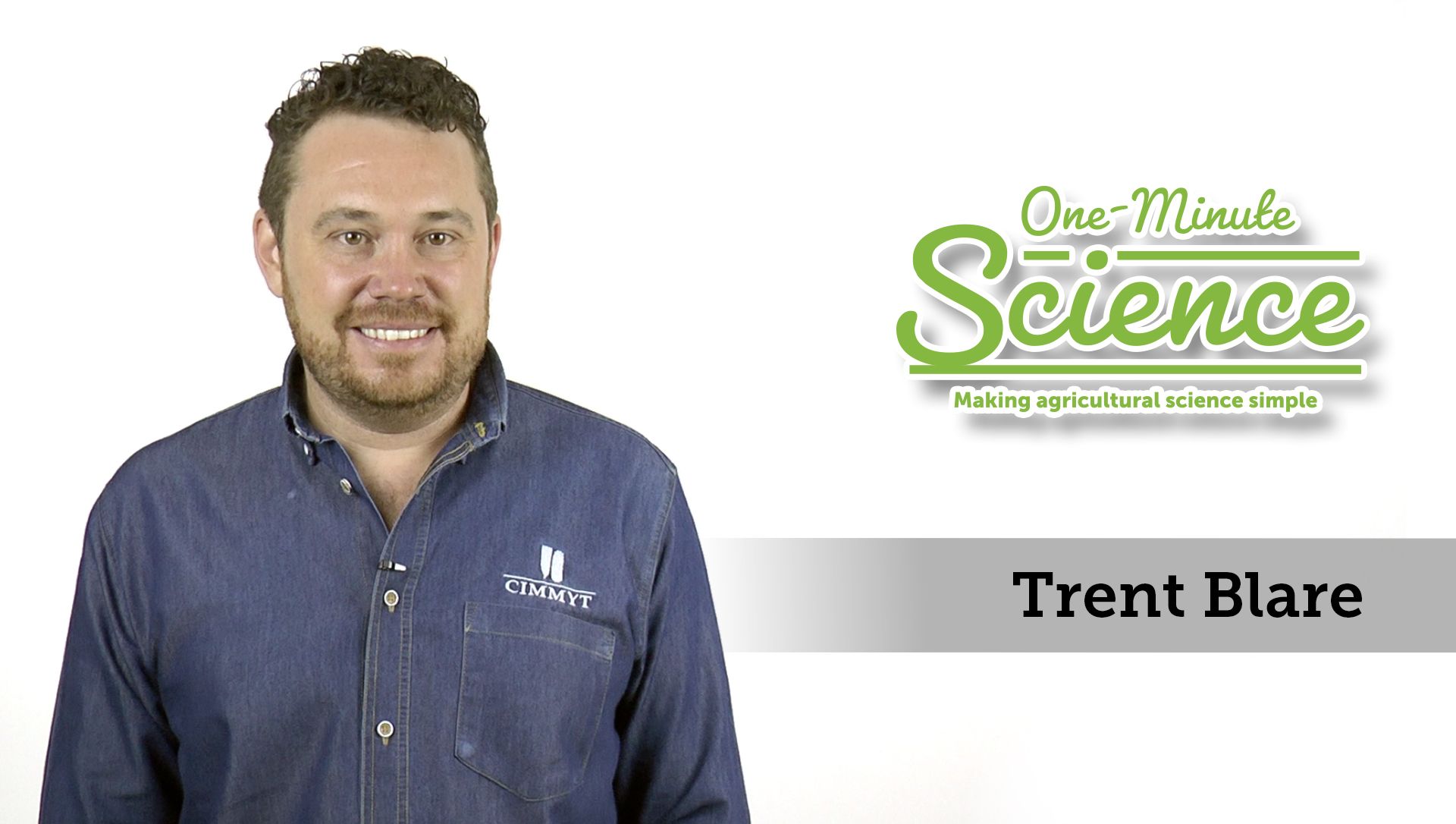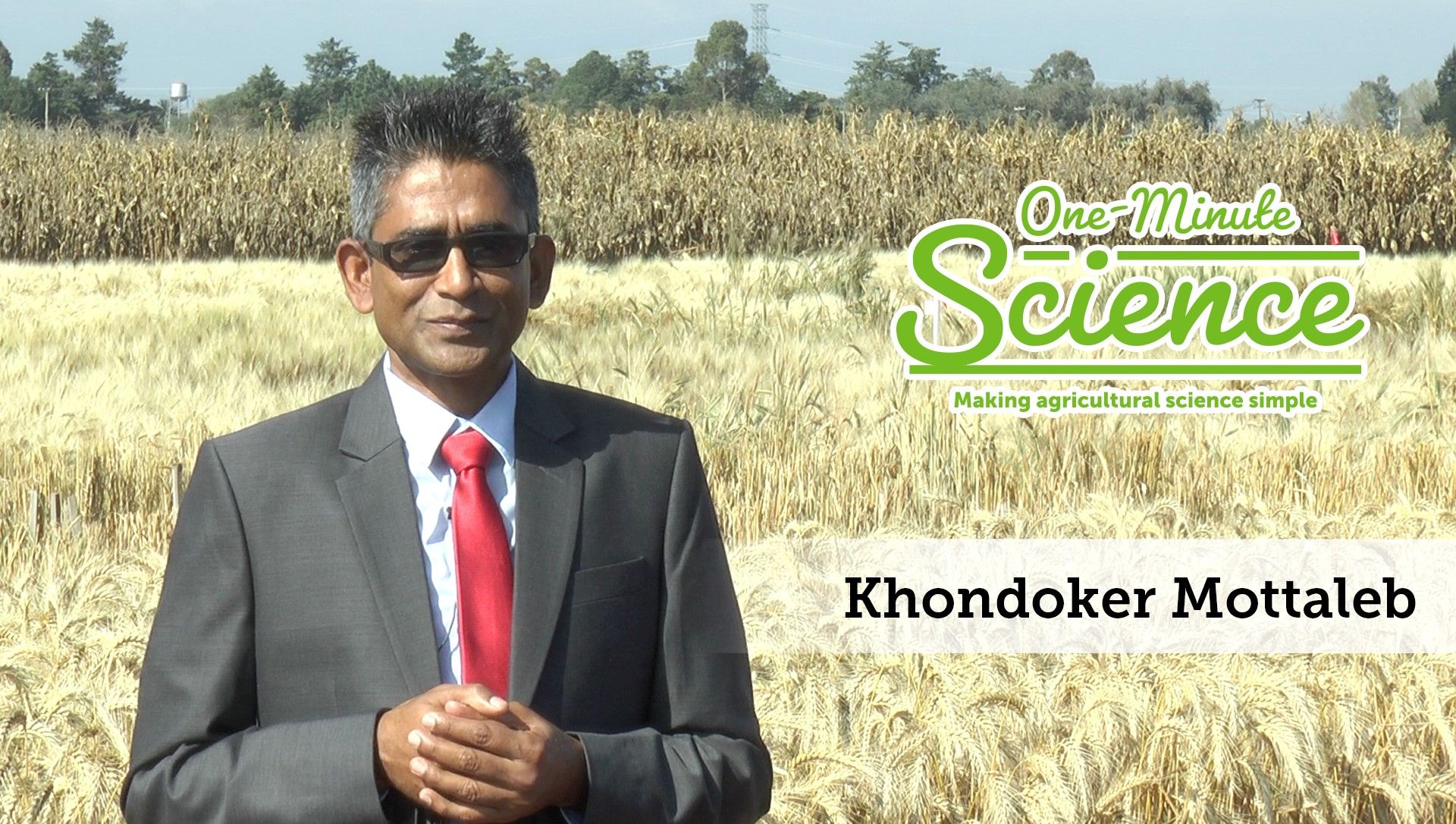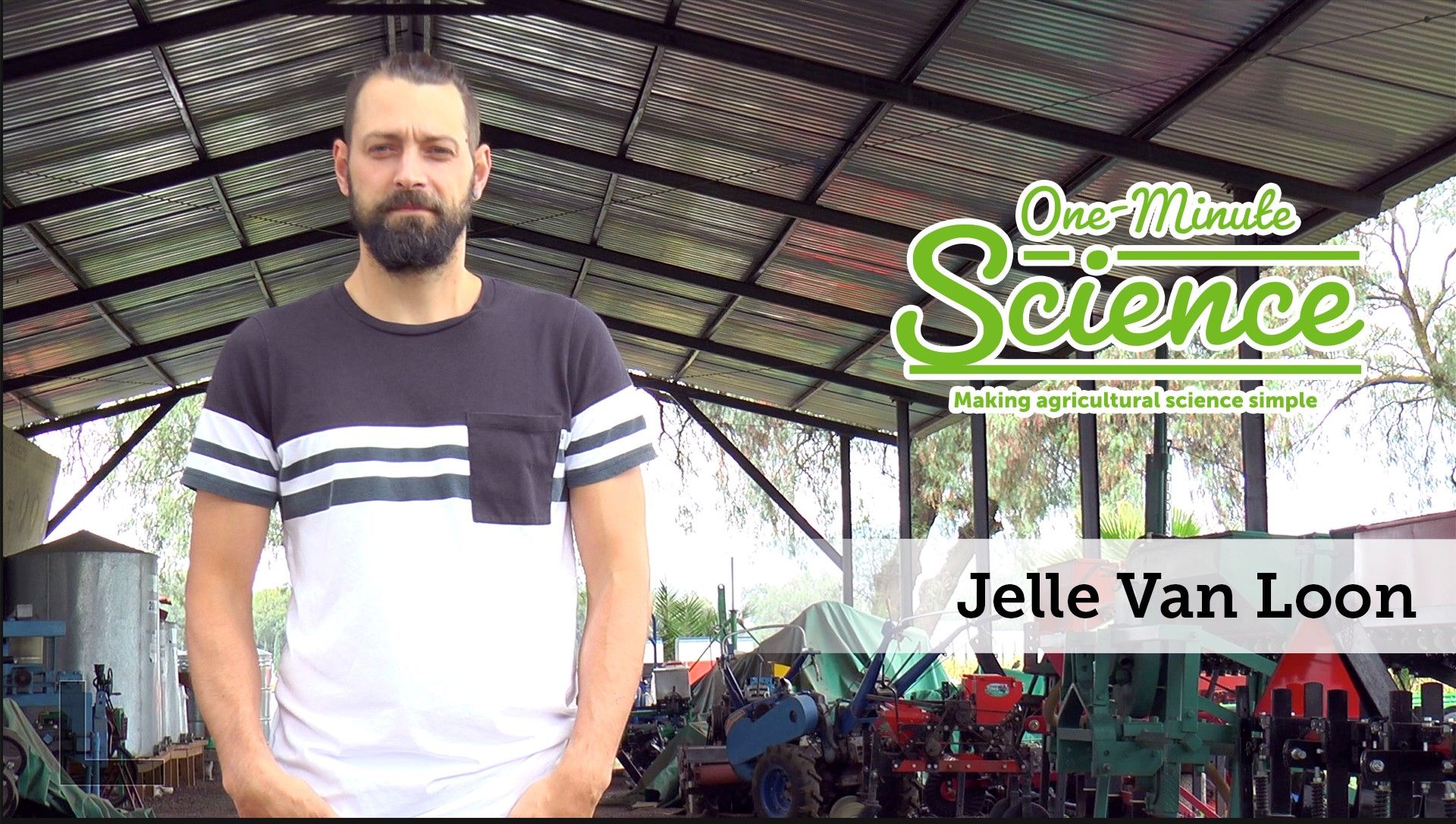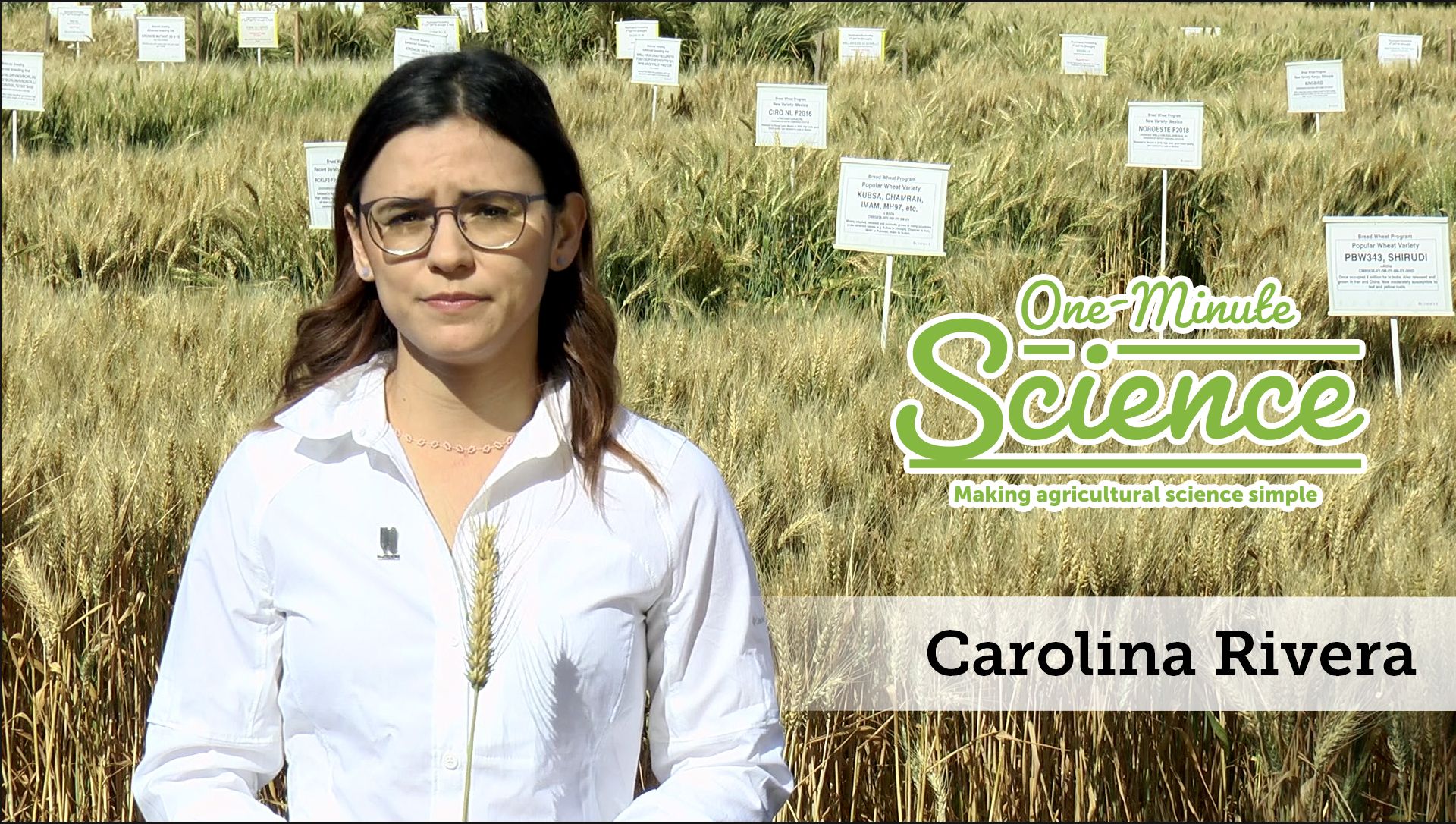One-minute science: Cesar Petroli and genomic profiles
Cesar Petroli, High-throughput Genotyping Specialist with the International Maize and Wheat Improvement Center (CIMMYT), develops genomic profiles of DNA samples, generating tens or even hundreds of thousands of molecular markers. This helps the team to set up genetic diversity analysis, improve genebank collections management and identify genomic regions associated with the expression of important agronomic traits.
Watch him explain how this molecular information can help the breeding process, to ultimately help farmers face climate change and food security challenges.
